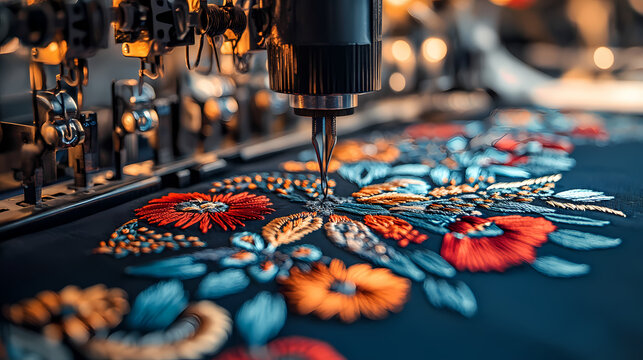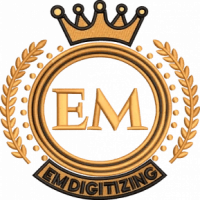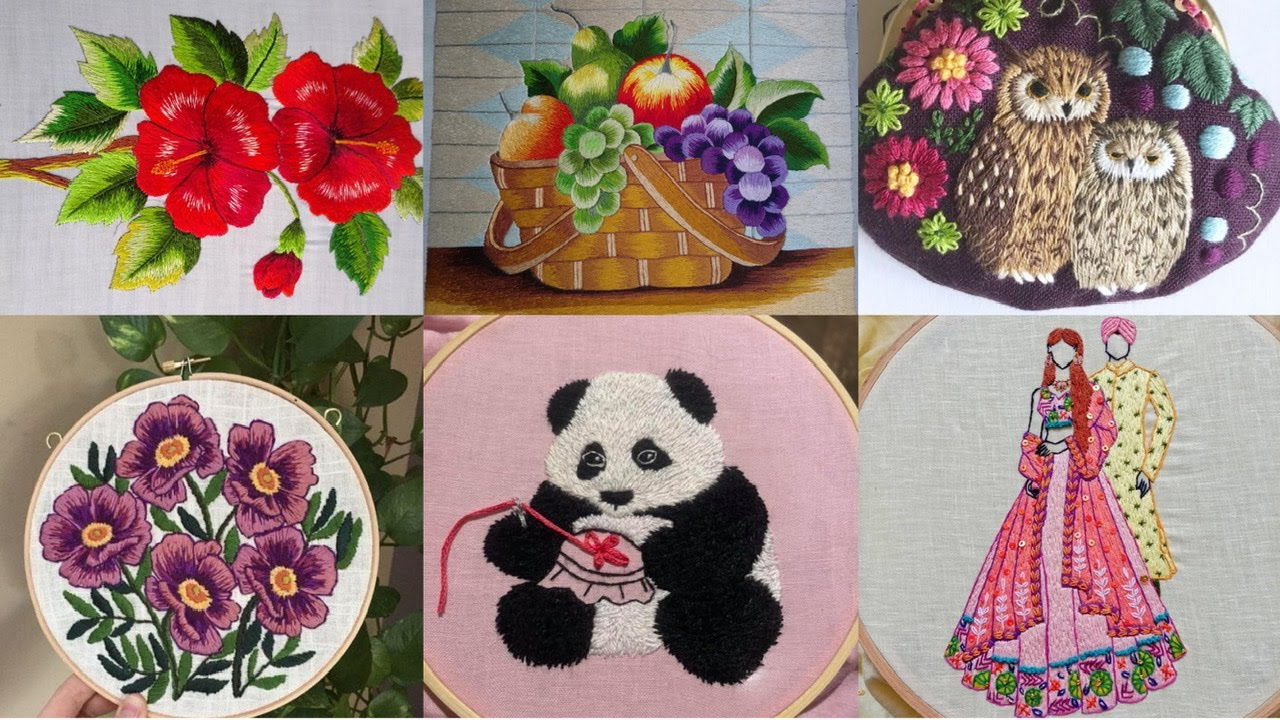The Ultimate Guide to Choosing the Best Digitizer for Embroidery

Strong 8k brings an ultra-HD IPTV experience to your living room and your pocket.
In the world of embroidery, achieving precision and efficiency depends on having the right digitizer for embroidery. Whether you are a hobbyist or running a commercial embroidery business, understanding embroidery digitizing is essential. This guide covers everything you need to know about selecting, using, and optimizing a digitizer for embroidery.
What is a Digitizer for Embroidery?
A digitizer for embroidery is either a software program or a skilled professional that transforms images into stitch patterns readable by embroidery machines. These digitized files direct the machine on stitch placement, type, and density, ensuring a flawless embroidered outcome. Popular formats include DST, PES, EXP, and JEF, depending on the embroidery machine used.
Why Do You Need a Digitizer for Embroidery?
Using a digitizer for embroidery offers numerous advantages:
- Precision & Accuracy: Converts designs into exact stitch instructions, preventing distortion.
- Customization: Allows for unique and intricate embroidery patterns.
- Time Efficiency: Reduces manual effort and speeds up production.
- Consistency: Ensures uniform stitching across multiple pieces.
How Does a Digitizer for Embroidery Work?
The embroidery digitizing process involves:
- Image Preparation: Adjusting the design for embroidery suitability.
- Stitch Pathing: Mapping out the optimal stitch sequence.
- Stitch Selection: Assigning the correct stitches, such as satin, fill, or running stitches.
- Underlay Stitches: Adding a stabilizing foundation for better results.
- File Conversion: Saving the design in a machine-compatible format.
- Test Stitching: Running a test to ensure flawless execution before production.
How to Choose the Best Digitizer for Embroidery
1. Embroidery Digitizing Software
If you plan to digitize designs yourself, selecting the right software is crucial. Some top choices include:
- Wilcom Embroidery Studio – Industry-leading digitizing software with advanced features.
- Hatch Embroidery – Ideal for beginners and professionals alike.
- Brother PE-Design – A great option for home embroidery enthusiasts.
- Embird – A cost-effective solution with powerful customization options.
2. Hiring a Professional Digitizer for Embroidery
If you prefer outsourcing, look for professionals who:
- Have extensive experience in embroidery digitizing.
- Offer fast turnaround times and revisions.
- Provide files compatible with various embroidery machines.
- Ensure high-quality stitch accuracy and detailing.
Best Practices for Embroidery Digitizing
- Consider Fabric Type: Adjust stitch settings based on fabric texture.
- Use the Right Stitch Types: Satin stitches for small text, fill stitches for large areas.
- Optimize Stitch Density: Too many stitches can cause fabric distortion.
- Always Run a Test Stitch: Prevent costly mistakes by testing before production.
Conclusion
A digitizer for embroidery is an essential tool for creating high-quality, customized embroidery designs. Whether you choose digitizing software or hire a professional, understanding how embroidery digitizing works will help you achieve the best results. Investing in the right tools and techniques ensures precise and efficient embroidery, elevating your projects to a professional level.
Frequently Asked Questions
1. What file formats do embroidery machines support?
Most machines use DST, PES, EXP, or JEF formats.
2. How long does embroidery digitizing take?
A simple design may take under an hour, while complex patterns require more time.
3. Can I learn embroidery digitizing myself?
Yes, with the right software and practice, anyone can become skilled at embroidery digitizing.
4. How much does professional digitizing cost?
Pricing varies but generally ranges from $10 to $50 per design, depending on complexity.
5. Do all embroidery machines support digitized files?
Most modern embroidery machines can read digitized files, but format compatibility is essential.
Note: IndiBlogHub features both user-submitted and editorial content. We do not verify third-party contributions. Read our Disclaimer and Privacy Policyfor details.



